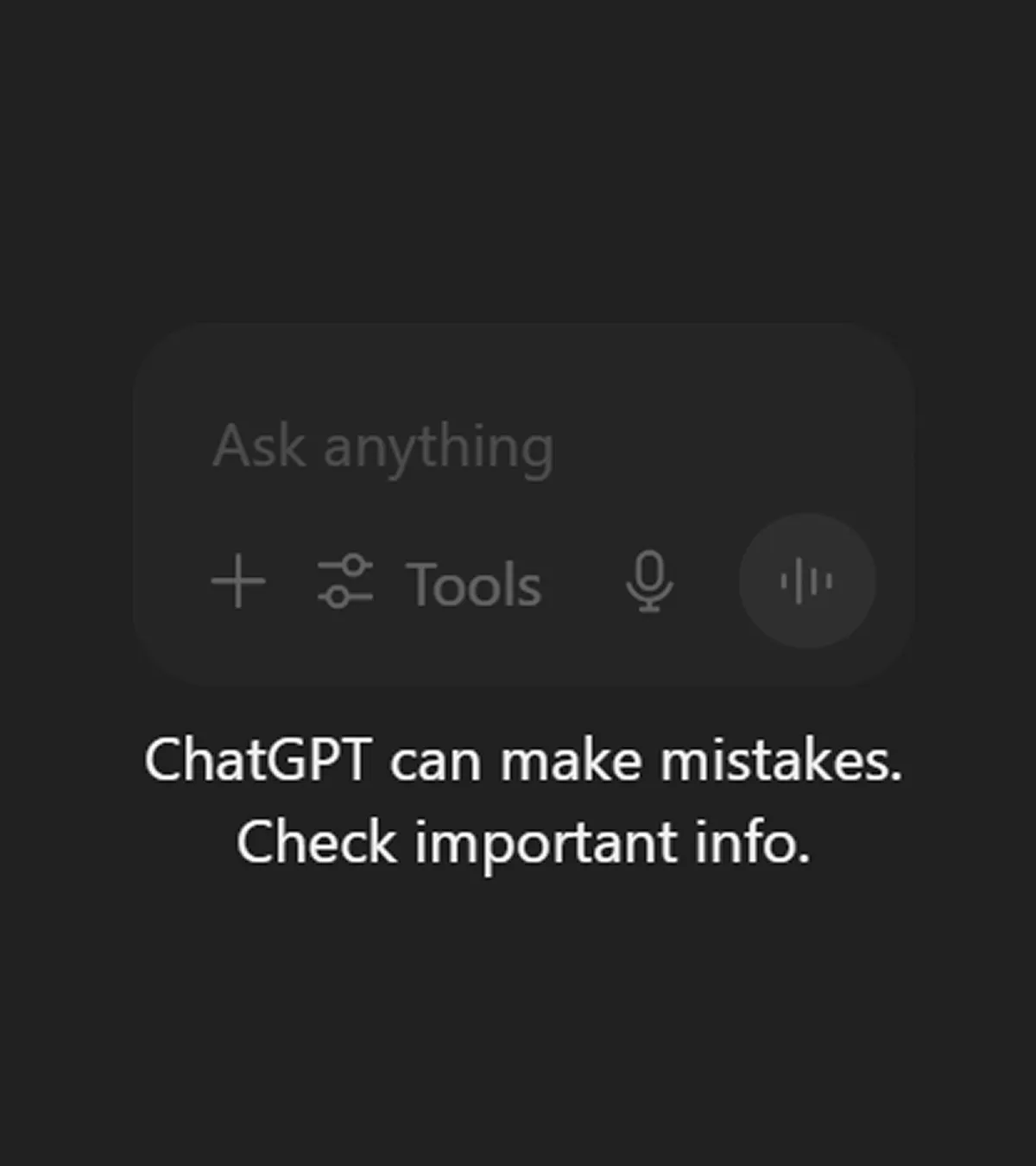1. Responsibility

“ChatGPT can make mistakes.”
That disclaimer shifts responsibility away from the tool and onto the user. In most consumer software, that’s acceptable. In engineering software, it’s a dealbreaker.
Every calculation must be defensible. Every result must stand up to scrutiny. And every line of code must accept the burden of accuracy.
Most people think of accuracy as a technical detail. It’s not. It’s the foundation of your brand. If your tool handles geometry, tolerances, or material behavior, your customers aren’t just buying functionality. They’re trusting you with their margin, safety, and reputation.
Responsibility and accuracy become your brand equity.
2. The Leadership Persona
One thing I consistently see in engineering software: deep, technical leadership.
This isn’t a space filled with recent grads and generalist founders. It’s led by respected domain experts with long-standing credibility. PhDs. Former aerospace engineers. People who’ve authored research papers and built tools used in real mission-critical systems.
That credibility isn’t just a nice-to-have.
When engineers evaluate your product, they’re also evaluating your team. The founder’s resume becomes part of the brand’s trust signal. Expertise is not a backstory—it’s a pillar of your go-to-market.
3. Competition
Unpopular opinion: engineering software has far less direct competition than “normcore” SaaS.
There are tens of thousands of “link in bio” tools, thousands of CRMs, hundreds of accounting platforms. But in CAD/CAM/CAE? A few dozen players total. And only a handful that compete head-to-head.
Why? Because the barrier to entry is absurdly high.
It’s not just the software challenge—though simulating physics in 3D is no joke. It’s the engineering challenge: understanding real-world tolerances, certifications, and edge cases. And it’s the marketing challenge: building trust with a skeptical, risk-averse audience of seasoned professionals.
Very few people even understand the problem space. Fewer still can market it credibly. That’s why the winners aren’t the fastest or flashiest—they’re the most accurate, trustworthy, and committed.